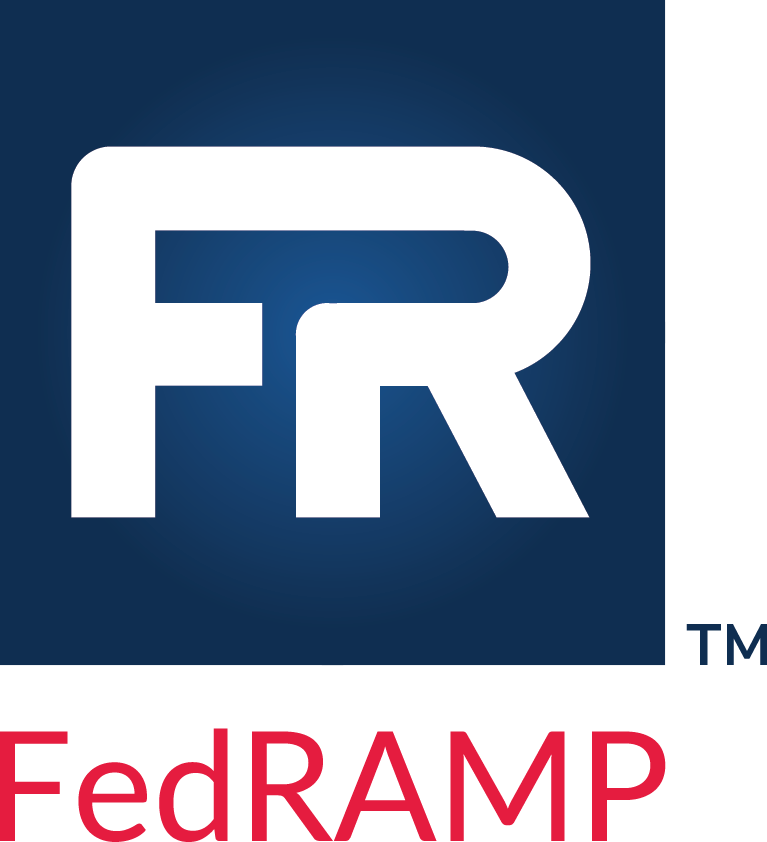Getting Started
Open Security Controls Assessment Language (OSCAL) is a standardized format developed by NIST to facilitate the exchange and processing of security control information. For developers new to OSCAL, here is a step-by-step guide to help you get started.
1. Understand the Basics of OSCAL
Before diving into implementation, it’s essential to grasp what OSCAL is and its purpose. OSCAL is designed to standardize the format for documenting, exchanging, and assessing security control information. It uses XML, JSON, and YAML formats to define and automate security control and assessment data.
Key Components of OSCAL
- Catalogs: Define security controls.
- Profiles: Tailor controls to specific needs.
- Component Definitions (CDEF): Supplier provided documentation describing how a component that is a building block of a larger information system can be used to implement controls.
- System Security Plans (SSP): Document how controls are implemented.
- Assessment Plans (SAP): Define how assessments are conducted.
- Assessment Results (SAR): Document the outcomes of assessments.
- Plan of Action and Milestones (POA&M): Track issues and remediation plans.
2. Set Up Your Development Environment
To work with OSCAL, you’ll need tools for handling XML, JSON, or YAML. Here’s a basic setup:
Required Tools
- XML/JSON/YAML Editors: Tools like VSCode, Sublime Text, or IntelliJ IDEA.
- Format Validation Tools: Validators or tools like xmllint (for XML), jq (for JSON), and yamllint (for YAML).
- Version Control: Use Git to manage versions of your OSCAL documents.
- Programming Languages: Programming languages such as Java, JavaScript/TypeScript, Python, or other languages with libraries to manipulate these formats, if you need to develop custom tools or integrations.
Recommended Tools
- Governance, Risk, and Compliance (GRC) Platforms: Use of an OSCAL-capable GRC can greatly simplify creation and management of your OSCAL documents.
- Document Database: May provide desired features for easier storage and querying of OSCAL data.
3. Explore the FedRAMP Automation Repository
Clone the FedRAMP Automation repository for access to FedRAMP OSCAL models, examples, documentation and more.
Steps
-
Clone the OSCAL repository:
1git clone https://github.com/GSA/fedramp-automation.git -
Explore the directory structure to familiarize yourself with the contents. Key directories include:
- dist/content: Contains FedRAMP OSCAL baselines (profiles and resolved profile catalogs), FedRAMP OSCAL templates (SSP, SAP, SAR, and POA&M), and other resources.
- documents: Contains the FedRAMP OSCAL Guides. NOTE - these guides are replaced by the documentation and guidance provided by this website.
- presentations: Contains presentations from the OSCAL Data Bytes monthly community meetings.
- src: Contains the source files for FedRAMP OSCAL content (baselines and templates) and examples (e.g., validation).
4. Create Your First OSCAL Document
Start by creating a simplified version of an FedRAMP OSCAL SSP document. Use the examples in the dist/content repository folders as a reference.
Example: Creating a FedRAMP SSP
- Copy template SSP from the repository.
- Modify the copied file to include your system characteristics, system implementation details, and control implementations.
- Validate the modified SSP (e.g., using one of the available open-source validation tools).
5. Automate and Integrate
For large-scale implementations, you’ll likely need to automate the creation, validation and processing of your OSCAL documents. Consider using OSCAL-aware scripts and tools (open-source and/or commercial) that integrate with your existing systems.
6. Join the FedRAMP Automation Community
Engage with other OSCAL users and developers to share knowledge and to get assistance. Participate in our discussion forums.
Resources:
- Explore OSCAL resources.
- Attend a FedRAMP OSCAL Data Bytes session.
- Ask questions at https://github.com/GSA/fedramp-automation/issues.
- Email us at oscal@fedramp.gov.


